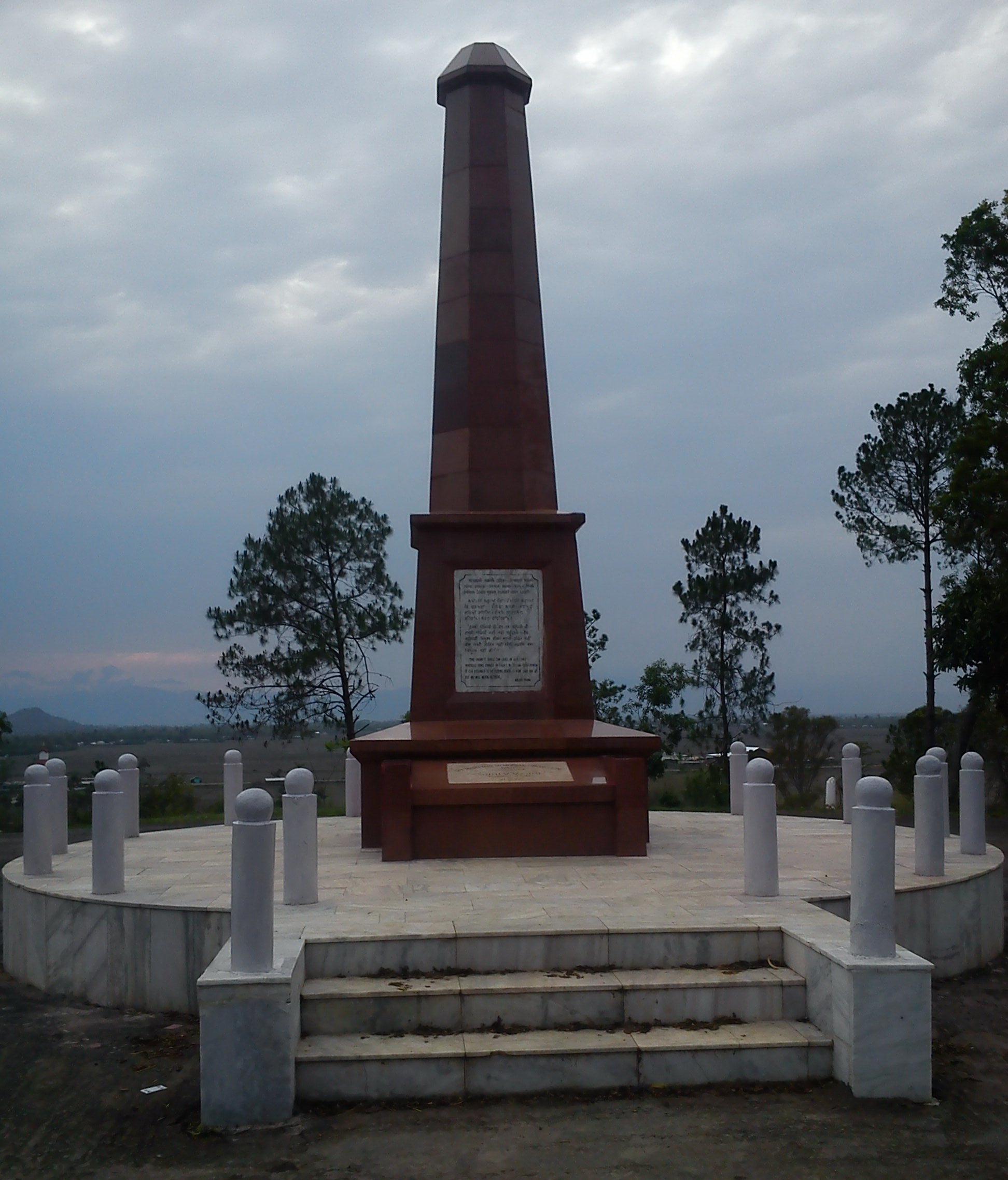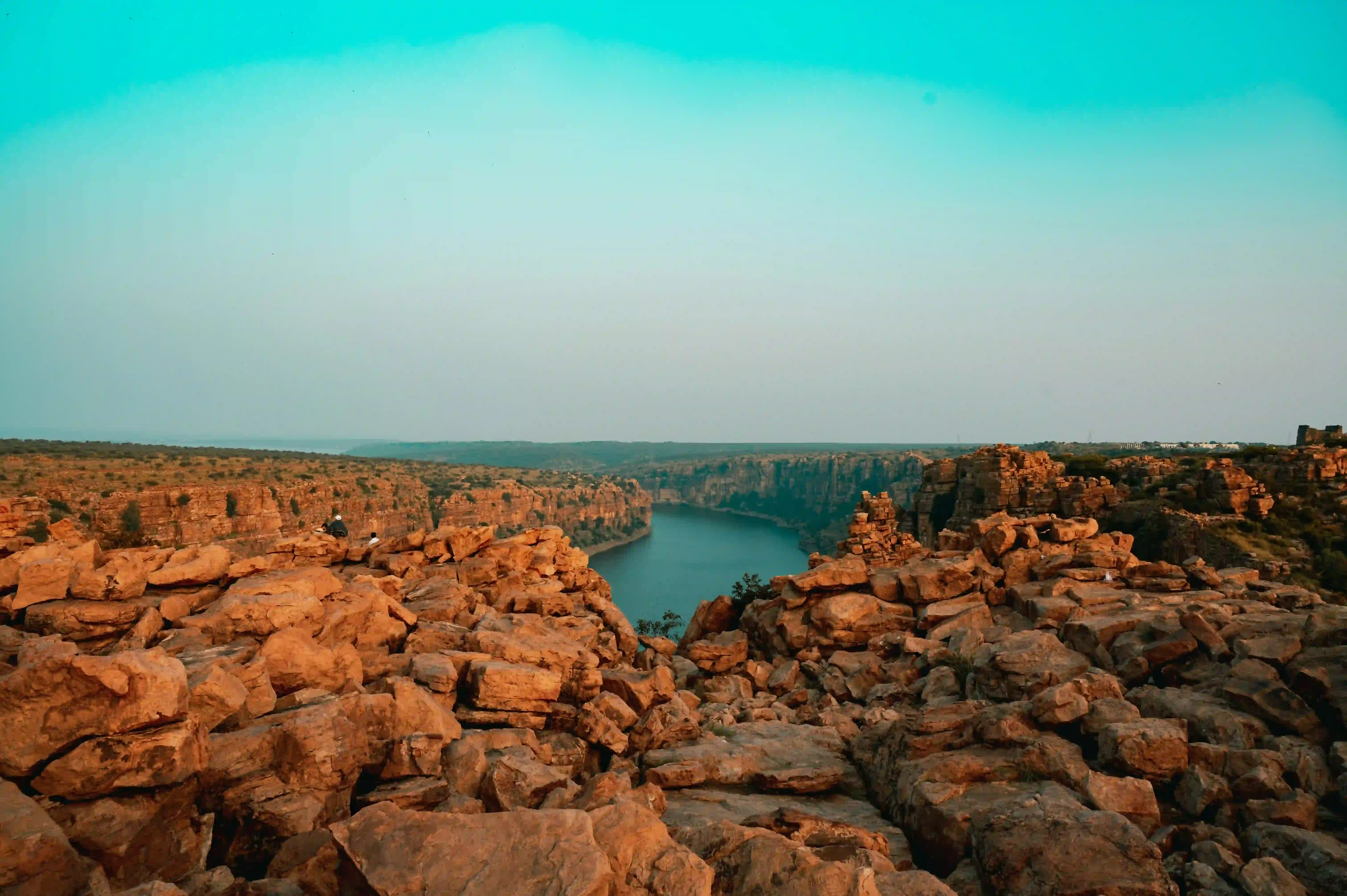The Hundung Mangva Cave stands as a remarkable geological formation nestled in the picturesque district of Ukhrul, Manipur, representing far more than a mere natural wonder. Its limestone chambers echo with centuries of Tangkhul Naga cultural heritage, offering visitors a profound glimpse into a rich and complex indigenous narrative that stretches back generations.
Geologically, the cave represents an extraordinary testament to natural weathering processes, with its expansive main hall capable of accommodating over 100 people—a testament to the immense scale and architectural magnificence of this natural structure. The limestone formations have been sculpted over millennia, creating an intricate network of chambers and passages that speak to the patient artistry of geological time.
The Tangkhul Naga community, whose ancestral lands encompass this region, have long revered the cave as more than simply a geological feature. Their oral traditions speak of the cave's deep spiritual significance, connecting it to local mythological narratives that describe a mystical relationship with a nearby steep rocky mountain—a "male partner" in local folklore that adds layers of cultural meaning to the landscape.
Archaeological evidence suggests that the Hundung Mangva Cave has been a significant site for human interaction for centuries. Its strategic location near a stream and within the lush green valleys of Ukhrul has made it not just a natural shelter but a potential hub for community gatherings, cultural ceremonies, and potentially even early human settlements. The cave's architecture, untouched by human construction, represents a pure expression of natural formation.
The broader context of Ukhrul district provides additional depth to understanding this remarkable site. Known for its surreal mountain landscapes and the famous Shirui Lily Peak, the region represents a microcosm of Manipur's rich cultural and natural diversity. The Tangkhul Nagas, with their unique cultural practices, have maintained a delicate balance between hierarchical governance and democratic consensus, a social structure reflected in their relationship with natural spaces like the Hundung Mangva Cave.
Cultural festivities and traditions play a crucial role in maintaining the community's connection to this landscape. Ceremonies like Chumsin Sa Kashai, an ordination feast for daughter-in-laws becoming priestesses, and Shimsak Kasa, a royal house construction celebration, demonstrate the intricate social fabric that continues to thrive in this region. These practices are not mere historical artifacts but living traditions that continue to define community identity.
The cave's accessibility and natural beauty make it an increasingly attractive destination for travelers seeking offbeat experiences. While the road conditions might challenge conventional tourists, those willing to venture into this mountainous terrain are rewarded with an immersive experience that blends natural wonder, archaeological intrigue, and rich cultural narratives. The best visiting period between March and June offers optimal conditions for exploration.
Ultimately, the Hundung Mangva Cave transcends its physical boundaries, representing a profound intersection of geological marvel, archaeological significance, and living cultural heritage. It stands as a powerful reminder of the intricate relationships between landscape, human communities, and the enduring stories that connect them across generations.




